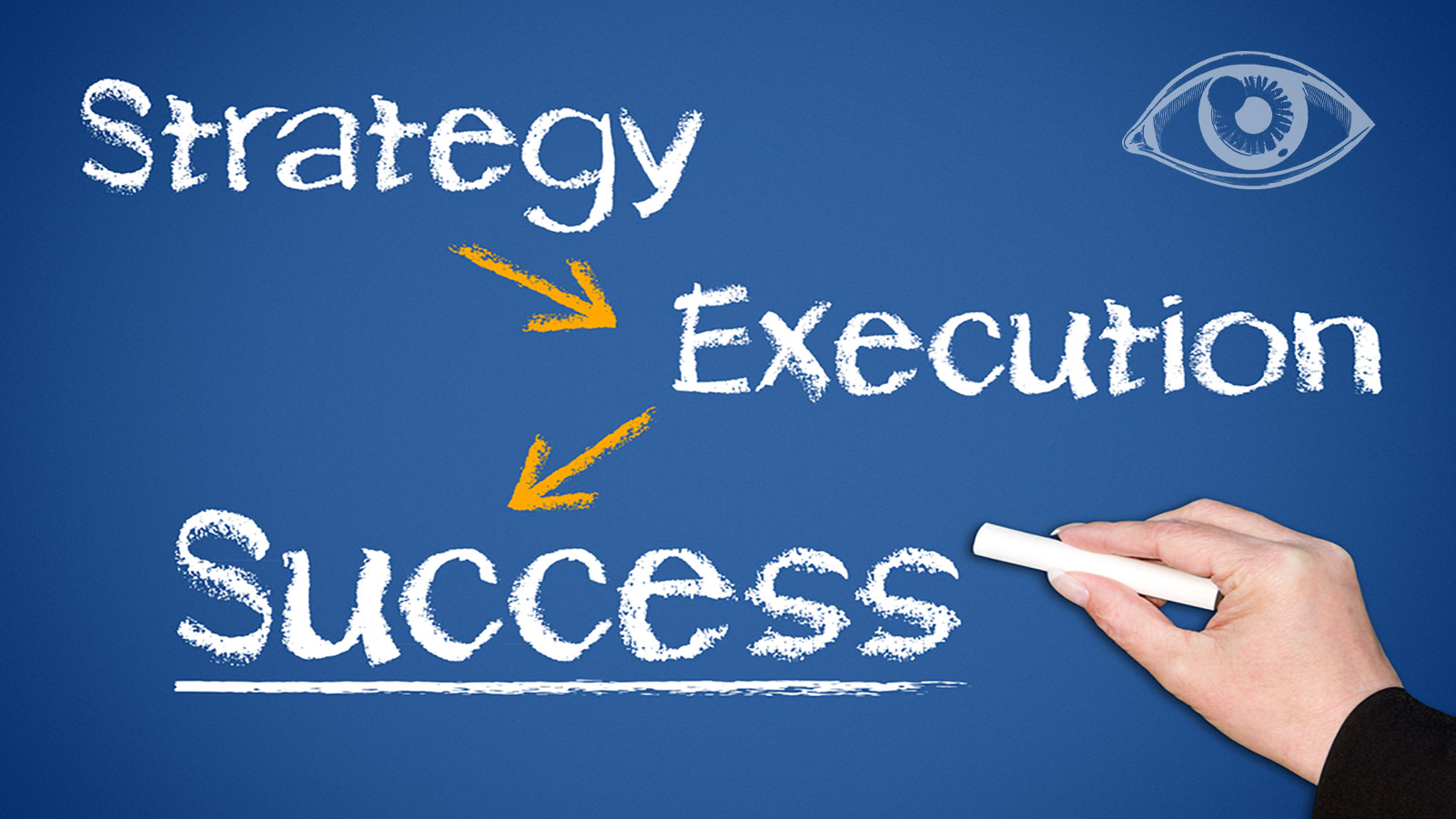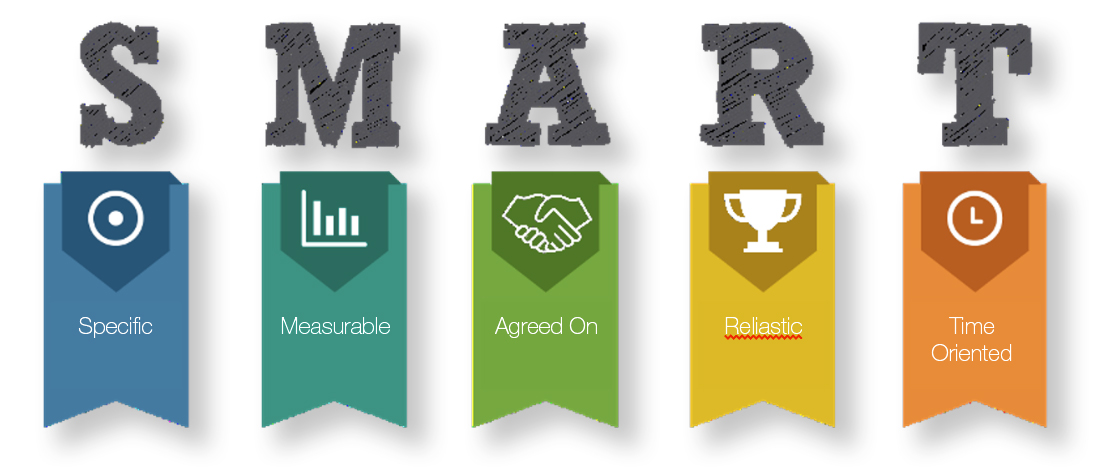Real results: 3 enterprise projects powered by Reliable Controls
Explore how our technology automates complex enterprise portfolios.





For millennia the dawning of a new calendar year has spurred reflection on deeds (and misdeeds) of the past year. For nearly half of people in the western hemisphere, this reflection provokes resolve to change. However, after thousands of years of practice, according to U.S. News & World Report, the typical success rate for New Year’s resolutions is only about 20 percent, with few people sustaining their resolve through February (Tabaka 2019). For entrepreneurs, the fresh opportunities and challenges of a new year present a convenient reminder to plan for sustainable success. Strategic business initiatives fare slightly better than personal resolutions, with nearly 30 percent of change efforts leading to desired results (Huy 2016). While the few excel, there is clearly plenty of opportunity for us to improve success through personal and professional resolutions.
Many businesses set strategies that they struggle to achieve—not for lack of team commitment, ability, or talent but because their strategies are indeed not strategies at all. As Freek Vermeulen, associate professor of Strategic and International Management at London Business School, explains in Harvard Business Review, “A real strategy involves a clear set of choices that define what the firm is going to do and what it’s not going to do. Many strategies fail to get implemented, despite the ample efforts of hard-working people, because they do not represent a set of clear choices” (Vermeulen 2017).
Because goals and priorities are easy to measure, business leaders can easily fall into the snare of speciously articulating them as strategies; for example, to grow an organization’s share of a specific vertical market or market segment, improve customer satisfaction, or increase operational efficiency or efficacy. These are laudable goals, but they each describe a desired outcome rather than actions needed to realize that outcome (Vermeulen 2017). What results when strategy is blurred with goals?
“The best-laid strategies of any organisation are useless without proper implementation,” the Economist Intelligence Unit stated in a study sponsored by the Project Management Institute that surveyed senior executives and academics to determine how to improve strategic execution. The study findings, Why Good Strategies Fail: Lessons for the C-suite, are presented with a sobering introduction:
Strategy execution has always been the essential complement of strategy formulation. In an intensely competitive business environment and with the increasing speed of technology-enabled change, the importance of strategy implementation has increased exponentially…. Companies will not necessarily differentiate themselves by their ability to see how markets are moving; they will set themselves apart by carrying out the necessary strategic response as quickly as possible.
Eighty-eight percent of survey respondents say executing strategic initiatives successfully will be "essential" or "very important" for their organizations’ competitiveness over the next three years. Yet 61percent of respondents acknowledge that their firms often struggle to bridge the gap between strategy formulation and its day-to-day implementation. Moreover, in the last three years an average of just 56 percent of strategic initiatives have been successful. (Economist Intelligence Unit 2013)
Sustainable success is not an accident. Like all things worth having, success requires discipline and effort. Lawrence Hrebiniak, emeritus professor at the University of Pennsylvania’s Wharton School, explains, “It should not be a question of developing a strategy and hoping it works, but of developing a strategy and following a logical plan to reach it” (Economist Intelligence Unit 2013).
A strategy defines a plan of action to achieve a desired outcome. Even with clearly articulated choices, strategies can lose momentum or stall altogether when competing with parallel initiatives and especially the flurry of day-to-day distractions. Disciplined focus is an important foundation to success. Best-selling author Chris McChesney notes, “There will always be more good ideas than there is capacity to execute” (McChesney, Covey, and Huling 2012).
Introducing the sometimes counterintuitive nature of focus in The 4 Disciplines of Execution, Sean Covey challenges, “Focusing on the wildly important [goal] requires you to go against your basic wiring as a leader to do more, and instead, focus on less so that your team can achieve more” (McChesney, Covey, and Huling 2012). Providing a disciplined focus on one or two specific goals to significantly improve can empower teams to accomplish more by giving attention and effort to less. Minimize distraction. Reduce initiatives that compete for people and resources. Even one or two clearly articulated goals describe how success is defined rather than how success is achieved.
Resolution and strategy are strong words with weighty implications. Large strategic objectives can be daunting, even overwhelming. Many strategies go awry when the definition of the desired outcome is not accompanied with a plan of action. Outcomes are often easy to measure, including attributes like revenue, profit, quality, and customer satisfaction. Outcomes keep entrepreneurs up at night and easily steal their focus. The danger with focusing exclusively on outcomes is that they represent the results of actions that have already taken place. “The performance that drove them is already passed. You can’t do anything to fix them, they are history” (McChesney, Covey, and Huling 2012).
Rather than building a plan of action based exclusively on the desired outcome, it is more effective to look for critical activities that the team can easily and directly influence and that drive, or predict, success. To predict means to make known beforehand. Actions that are predictive of success indicate, or speak to, future success.
A common example, perhaps particularly relevant during the resolution season, is physical fitness. The desired outcome might be to lose weight, lower body fat, or trim a waistline. These measures define but do not facilitate success. To be successful, what actions can an individual take to influence the outcome and improve physical fitness? Less in and more out. Diet and exercise. Setting goals and tracking success in diet and exercise is significantly more effective than setting goals and tracking a single outcome like weight loss.
Fixating on outcomes can snare even highly effective teams. Outcomes are easier to measure and represent the desired end state. Focusing instead on the actions that predict success can improve the likelihood of success, empower teams to influence the outcome, and establish a cadence of accountability. One method for identifying and iterating influenceable actions that are predictive of success is the careful definition of specific goals.
The term SMART goal is a nod to the wisdom of a structured approach to pursuing objectives. The acronym SMART was introduced by George T. Doran in the November 1981 issue of Management Review to describe a process for improved establishment and execution of management objectives or goals. The acronym represents five criteria that have been variously defined since introduction but are largely consistent (Doran 1981).

Goals should define a precise deliverable or outcome that targets an area for improvement or activity. Strategically speaking, this specific action should be predictive of success in the primary objective.
Activity should be quantifiable with some indication of progress. Measuring progress allows teams to make informed decisions and encourages accountability.
When defining SMART goals, many people believe the goals must be assignable to an accountable individual. This is an important attribute. However, in team environments, success is more likely when the goals are agreed on. A goal is likely to be more effective if all involved agree to the deliverables, metrics, and actions. This means gaining consensus between corporate leadership, team members, and even customers.
Goals and resolutions can be doomed to failure if they are unreasonable. If you expect to make some fundamental change in who your team is or what it does, the magnitude of the change or initiative can be onerous and discouraging to the team. Challenges are effective for growth and are often sought by high-performing team members, but wins contribute to positive energy, satisfaction, and success. Goals should be both challenging and achievable. Consider the question: What results can realistically be achieved, given available resources? (Doran 1981).
Goals should be time-bound. An effective SMART goal should specify when the specific and measurable goal will be achieved.
SMART goals might be simplified with the formula that X will be measured by Y and delivered by Z. For example, imagine a Reliable Controls Authorized Dealer who wants to improve efficacy and efficiency. This is an objective. What is lacking is a plan of action to achieve the objective. What SMART goals could the Authorized Dealer establish that would be predictive of success? Consider the following examples.
These simple examples of goals define specific outcomes with measurable progress, can be agreed on, are realistic, and are time-oriented. They are easily actioned by teams and would influence the focused objective of improving efficacy and efficiency.
Once you have established and enacted SMART goals that predict success, tracking progress in a transparent manner can make the objectives more meaningful to the team and empower them to determine what action is necessary to succeed. McChesney, Covey, and Huling propose in The 4 Disciplines of Execution that “people perform best when they are emotionally engaged and the highest level of engagement comes when people [know] the score: whether they are winning or losing the game.” When team members can monitor progress in real time, they can more easily understand how to influence the predictive goals. When pursuit of the goals begins to impact the objective, they know they are in a winnable game. This engenders satisfaction and inspires further effort and enthusiasm (McChesney, Covey, and Huling 2012).
To illustrate the connection between action and ownership, Dr. Stephen R. Covey says, “Accountability breeds response-ability.” When team members regularly and formally answer the question, “What is the most important thing I can I do to have the biggest impact on my goal today, tomorrow, and this week?,” commitment is established not only between an organization and its teams but also among individuals on the team. “People are more likely to commit to their own ideas than to orders from above. When individuals commit to their fellow team members, not only to the boss, the commitment goes beyond professional job performance to become a personal promise. When the team sees they are having a direct impact on the [objective], they know they are winning and nothing drives morale and engagement more than winning” (McChesney, Covey, and Huling 2012).
When team members feel accountable to one another and to the team, the team becomes more effective in influencing its goals. When teams succeed in achieving goals that are predictive of success, attaining the easily measurable objectives that keep entrepreneurs up at night often naturally follows. This is one formula to developing successful strategies.
For Reliable Controls and Reliable Controls Authorized Dealers, each year represents new opportunities to be better by design™. Being better by design doesn’t happen by accident. It means making careful, disciplined plans for continuous improvement. It’s not about being better than someone else, over whom we have no control. It means being better today than we were yesterday. Being better tomorrow than we are today. Being better this year than we were last year. Focusing on one or two critical objectives and carefully crafting a plan of action that empowers our teams is a strategy that places us in control of our sustainable success.
Doran, George T. “There’s a S.M.A.R.T. Way to Write Management’s Goals and Objectives.” Management Review 11 (1981): 35–36. Accessed December 20, 2019. https://community.mis.temple.edu/mis0855002fall2015/files/2015/10/S.M.A.R.T-Way-Management-Review.pdf.
Huy, Quy. “Five Reasons Most Companies Fail at Strategy Execution.” Forbes, January 8, 2016.
McChesney, Chris, Sean Covey, and Jim Huling. The 4 Disciplines of Execution: Achieving Your Wildly Important Goals. New York: Free Press, 2012.
Tabaka, Maria. “Most People Fail to Achieve Their New Year’s Resolution. For Success, Choose a Word of the Year Instead.” Inc., January 7, 2019. https://www.inc.com/marla-tabaka/why-set-yourself-up-for-failure-ditch-new-years-resolution-do-this-instead.html.
Economist Intelligence Unit. Why Good Strategies Fail: Lessons for the C-suite (2013). https://www.pmi.org/-/media/pmi/documents/public/pdf/learning/thought-leadership/why-good-strategies-fail-report.pdf?v=14e7a7f5-ac4c-4331-b1cf-be9e26a30d18.
Vermeulen, Freek. “Many Strategies Fail Because They’re Not Actually Strategies.” Harvard Business Review, November 8, 2017.
https://hbr.org/2017/11/many-strategies-fail-because-theyre-not-actually-strategies.

Explore how our technology automates complex enterprise portfolios.

AHR Expo is always a highlight for the Reliable Controls team. Here's what we learned this year.

Learn how we're helping shape an industry where everyone can thrive.

Explore 5 inspiring education projects that showcase the power of people and technology you can rely on.

Read about three great sports and wellness venues enhanced by Reliable Controls technology.

Are you a school administrator or facility manager? A fully integrated Reliable Controls solution can empower you to offset your energy costs, create healthy classrooms, and safeguard occupants. Here’s how.

The future of building automation is here! Learn about Ethernet controllers, and discover how the RC-FLEXone will elevate your building’s performance.